Push Notifications: The Messaging Metrics That Matter
Published on January 27, 2023/Last edited on January 27, 2023/7 min read

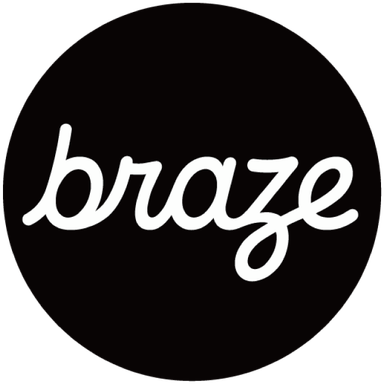
Team Braze
At its core, customer engagement is all about building relationships—and part of doing that successfully is finding ways to meet customers where they are. One of the best ways to make that happen is by leveraging push notifications as part of a larger cross-channel messaging strategy.
But while marketers all over the world are using push messages to help power their customer engagement strategy, making the most of this key channel requires brands to assess its impact in meaningful ways. So whether you’ve been leveraging this channel for years or are just starting out, knowing what push notification metrics to pay attention to is crucial to ensuring long-term success. Here are four key metrics to watch:
1. Push Notification Opt-In Rate
Unlike popular in-product channels like Content Cards or in-app messages that can be displayed to users almost as soon as a user visits your app or website, push notifications are designed to reach people wherever they are—but only after those individuals voluntarily opt in to receive these sorts of messages. For that reason, your brand’s push notification opt-in rate can provide insight into how many people you can reach through this channel, while also serving as a proxy for your audience’s sentiment regarding this channel.

Every mobile app user has probably had experiences with apps that send push in problematic ways—that is, sending too many messages, sending them too frequently, sending them at inopportune times, and sending irrelevant notifications. That can lead some users to opt out of your push notifications, even if the negative experiences in question were caused by a different brand.
That said, if you’re looking to improve your opt-in rate, you might consider priming new customers for push notifications by providing custom opt-in prompts, rather than using generic system prompts. In addition, if a user has already opted out, that’s not necessarily the end of things. Try testing out a re-permissioning campaign, and focus on personalized messaging with tailored incentives in other channels to re-engage users and nudge them to change their mind about opting in for push.
2. Push Notification Open Rate
While your push opt-in rate tells you what percentage of your total audience can be reached with notifications, your push notification open rate tells you what percentage of those reachable users are actually engaging with the messages you send. However, the nature of push notifications means that just knowing how many people tapped on a message you send might well be understating the impact that your push campaigns are having.

Consider push direct opens. This metric tells you exactly what you think it does—namely, how many people are directly engaged with your push notifications. A high rate of direct push opens is one of the clearest signs that you’re doing a good job of engaging your users, since there’s little reason for a user who doesn’t want to get a given notification to choose to engage with it.
An important thing to keep in mind is that push opens and push opt-ins go hand-in-hand: Ideally, you’ll have a high opt-in rate and a high push open rate—meaning that your users understand the value of receiving messaging from your app, and you’re sending them relevant messaging. On the other side of the spectrum, if you have a low opt-in rate and low open rates, your users probably don’t understand the value of receiving push notifications from your brand, which might be compounded by too-frequent or irrelevant push notifications. One way to address that is by leveraging marketing automation to help support a more relevant valuable experience. We see this with language learning platform busuu, which took advantage of the Braze platform’s Connected Content dynamic personalization tool and exception events to boost the relevance of their notifications and drive a 70% increase in direct opens.

Of course, looking at your direct opens or direct open rate alone won’t give you the whole picture. It’s common for users to see notifications come in on their lock screen or in their notification center and later take action based on them, but without necessarily clicking on the message itself. These so-called “influenced opens” provide an additional layer of insight into how your push campaigns are moving the needle and can help you assess the health of your push strategy more accurately. For instance, iOS push notifications have historically tended to have fewer direct opens than Android notifications, but the platform difference usually narrows when influenced opens are added to the equation—so if you’re only looking at direct opens, you might well be missing a key part of the story.

Total opens can help you get a holistic view of the engagement you’re seeing from each push notification, both directly and indirectly. If, for instance, your direct open rate feels low but your influenced opens are picking up the slack, you might not need to worry. However, that could also mean users recognize the value of your app and are using it, but that your messaging is missing the mark—or that you may want to use features like push action buttons to nudge users to engage directly. Understanding what your full push engagement looks like is an essential part of a modern mobile marketing strategy and getting it right is key if you want to see more value from this channel.
3. Push Notification Conversion Rate
Knowing that someone who received one of your push notifications actually clicked on it and started a session in your app is great—but while it can tell you a lot about how engaged that user is with your push messaging, the main reason brands send these notifications in the first place is because they want the recipients to do something. By tracking your push notification conversion rate, you can assess how successfully the messages you send are helping to support the central goal of that campaign, whether that’s getting them to make a purchase, subscribe to a service, upgrade their app, or something else entirely.

To do this effectively, you need to start by setting a conversion goal for each and every push campaign you send. As a general rule, customer messaging efforts are most effective when there's one strong call-to-action (CTA) as opposed to many competing options. However, many brands neglect to identify what their central goal is, making it impossible to track how successful they are at meeting it. Make sure you prioritize this with each campaign and you’ll be able to walk away with stronger insight into what campaigns are really getting you where you need to go…and which ones just aren’t holding up.
4. Push Notification Revenue
If one of the main ways you’re using push notifications is to drive purchases, subscriptions, or other direct forms of revenue within your app, it’s important to be able to tell how much impact the channel is having on your brand’s bottom line. One smart way to do that is to use purchase events to assess how much direct revenue is being driven by the push messages you send.

Purchase events are data points that denote digital purchases made by your brand's users on a given user’s customer profile. That makes it possible to get a sense of the lifetime value (LTV) associated with each user and to understand the impact that your messaging has had on revenue. One key caveat with purchase events is that they often need to be set up before a campaign in order to correctly populate someone’s user profile; that means that planning ahead is essential if you want to understand the role that your push campaigns are having on your bottom line.
Next Steps
Now that you know what metrics you should be tracking when it comes to your push strategy, it’s time to make sure that strategy is as strong as it can be. Looking to see stronger results with your push campaigns by embracing a data-driven, personalized approach? We’re here to help. Check out our exclusive push notification guide to leave more about how to improve your push strategy and leverage it effectively as part of a larger cross-channel approach.
Related Tags
Releated Content
View the Blog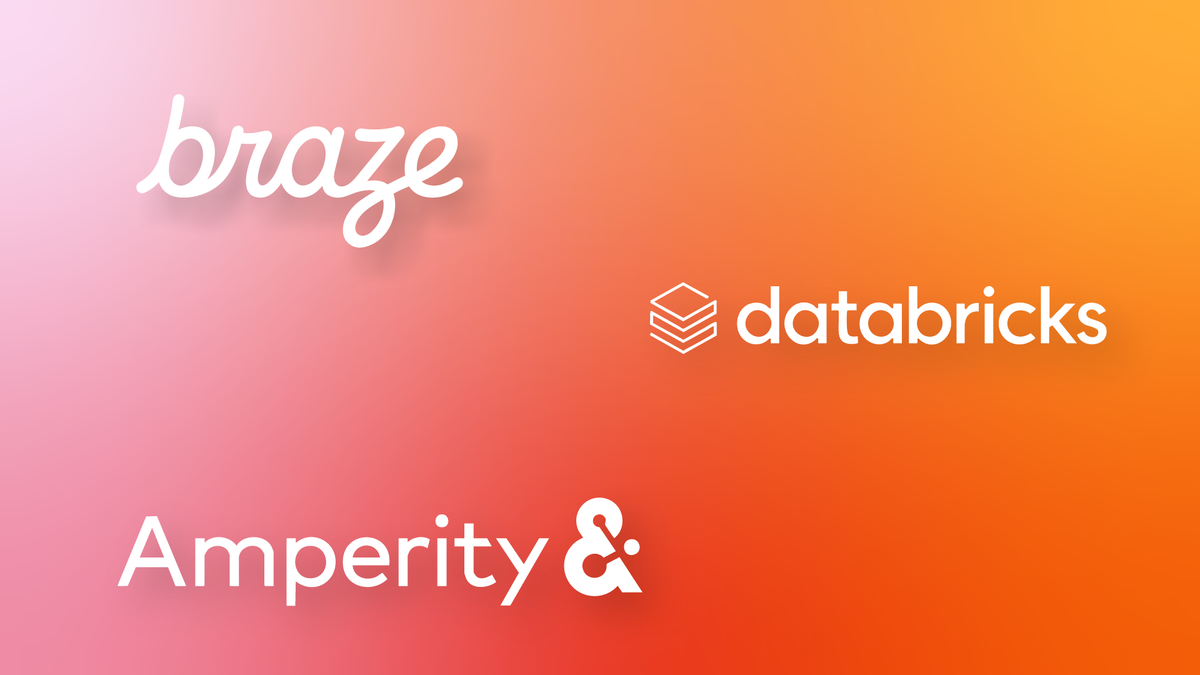
1:1 AI-Powered Holiday Gifting Campaigns: How Amperity, Braze, and Databricks Make It Possible
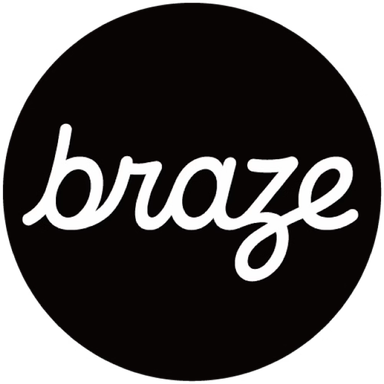
Team Braze
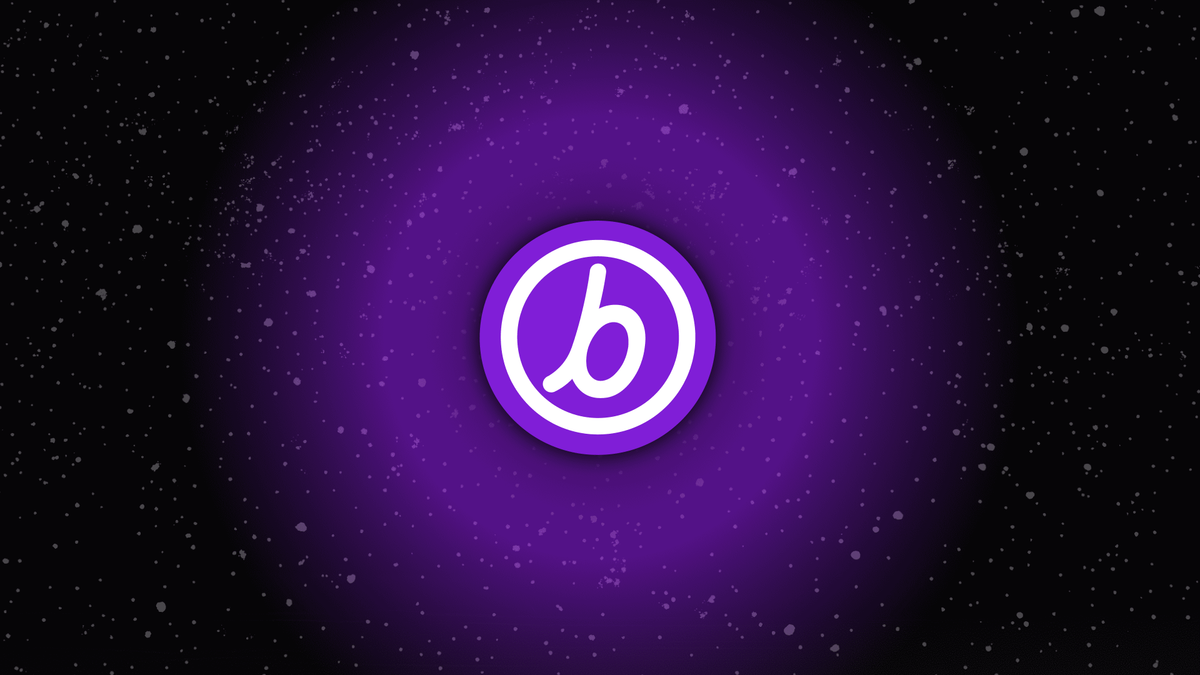
The Million vs. Trillion Problem: Conceptualizing the Size and Scale of the Braze Platform

Andy Trevino
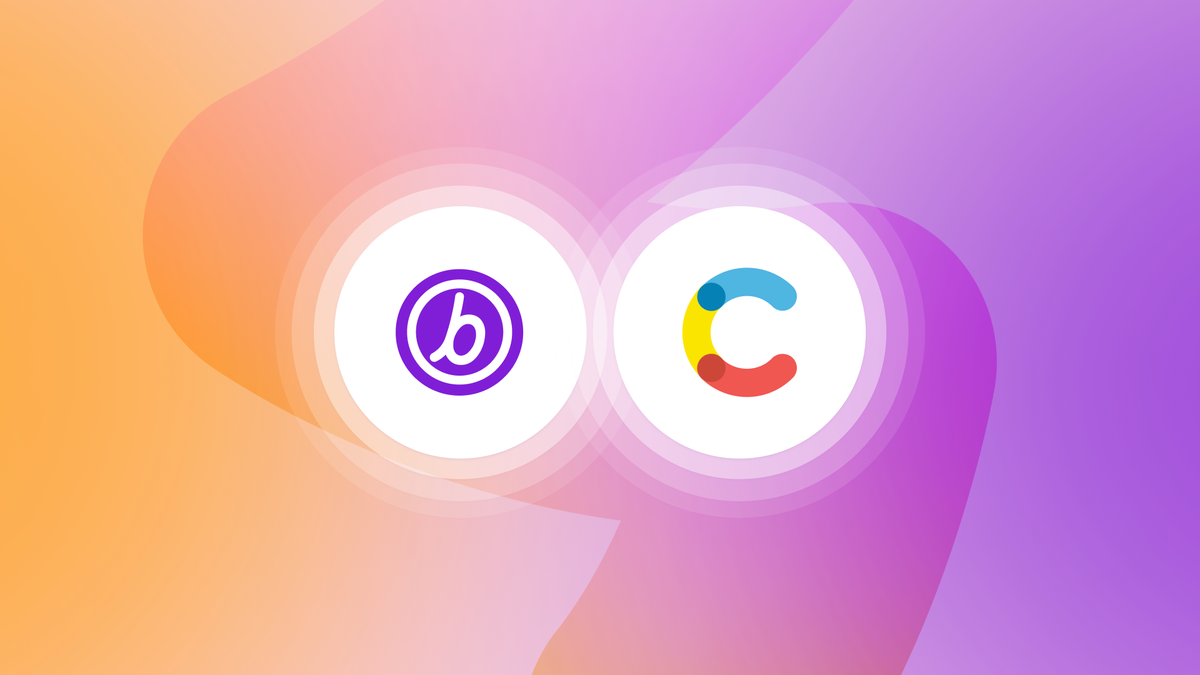
Seamlessly Deliver Content Across Your Marketing Channels with Braze and Contentful
